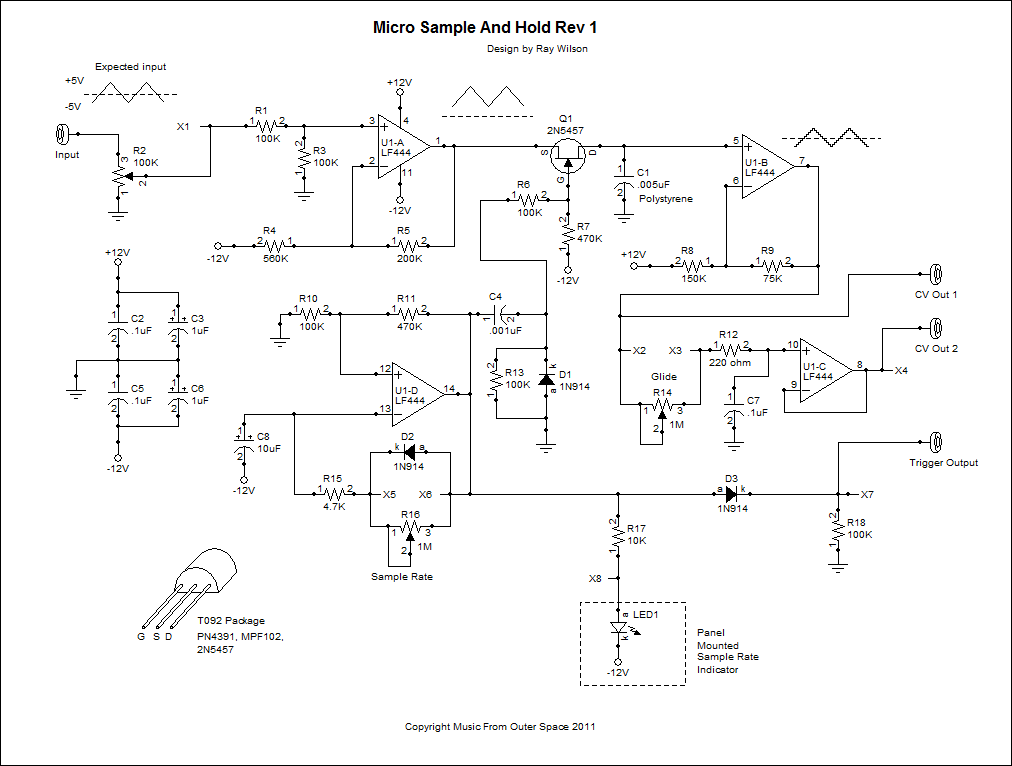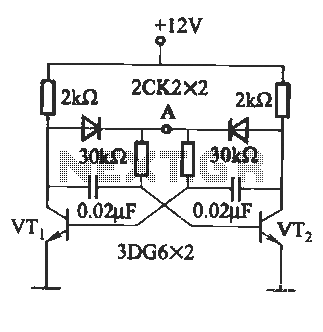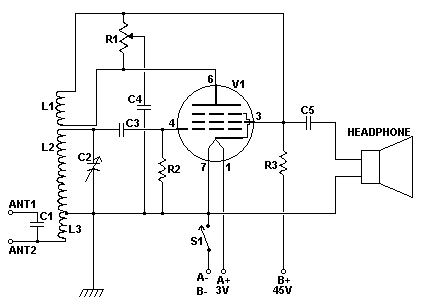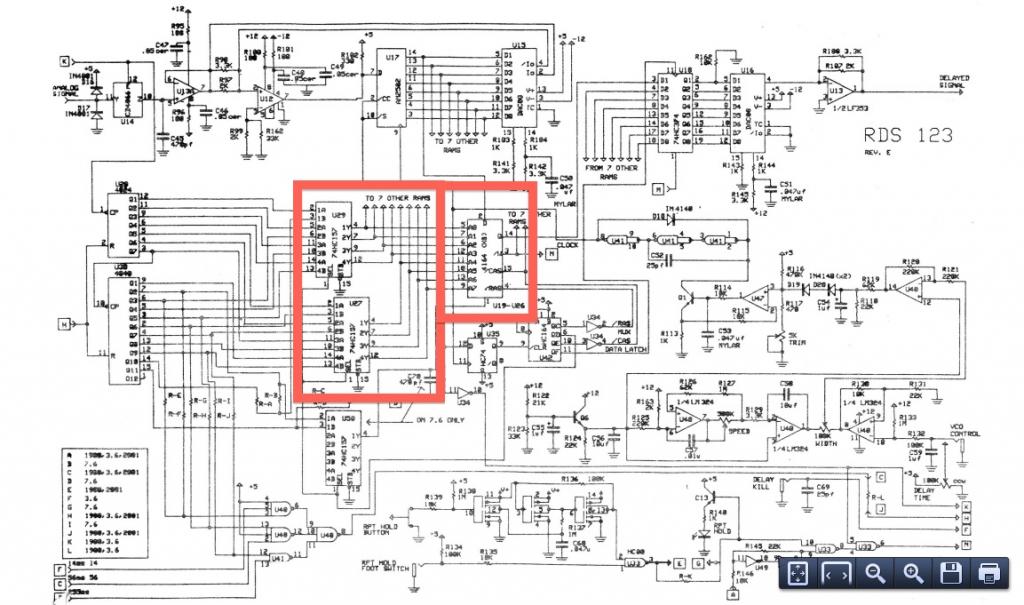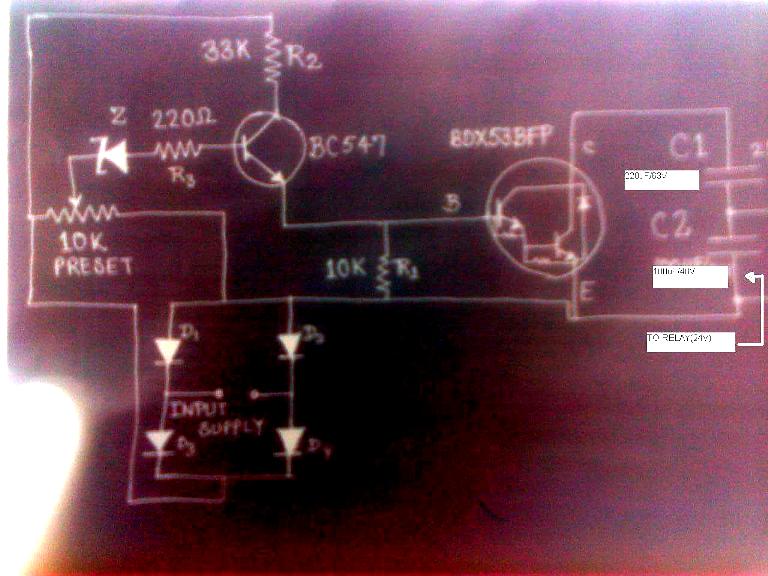
A sequence of opening and closing the outlet circuit

Analyzing the three-phase winding involves examining the head and tail of various therapies, such as the use of hair bundles. The process is simple, safe, and quick. The analysis includes crimping electrical connections, as shown in FIG. 1. The division of winding judgment involves connecting two batteries in series and then sending the polarity through a diode pole phase. The L1 LCVJ tap is used to pump dry batteries, which can be visually assessed with two LED lights for the Adams Division I-phase winding. The winding ending judgment requires connecting the ends of two motor windings, with the other ends of the second board indicating the light poles. One end of one phase connects to the negative phase of the remaining electrical winding, while the M-side battery pole connects to the light. If the battery is disconnected, it is necessary to check the battery terminals or winding terminals. If the test light emits a faint glow, it is essential to inspect the battery, light-emitting diodes, and various connectors.
The analysis of a three-phase winding system is crucial for ensuring proper functionality and reliability in electrical applications. The process begins with the examination of the head and tail of the winding, which may involve the use of hair bundles as a reference model for winding configurations. This method is designed to be straightforward, safe, and efficient, allowing for rapid assessments.
In the winding judgment phase, two batteries are connected in series to create a voltage supply. This configuration is essential for powering the winding and is coupled with a diode to manage the polarity of the electrical current. The L1 LCVJ tap serves as a critical point in the circuit, facilitating the pumping of dry batteries to ensure consistent voltage levels. The presence of two LED lights in the Adams Division I-phase winding provides a visual indicator of the winding's operational status.
For the winding ending judgment, careful attention must be paid to the connections of the motor windings. The proper connection of the ends of these windings is vital for the system's performance, as it directly influences the phase relationships within the circuit. The second board's light poles serve as indicators for the winding's integrity, allowing for immediate visual feedback on the winding's condition.
Furthermore, the connection of one phase's end to the negative phase of the remaining winding highlights the importance of polarity in three-phase systems. The M-side battery pole's connection to the light is another critical aspect, ensuring that the system is correctly grounded and that all components are functioning as intended.
In cases where the test light emits a weak signal, it is imperative to conduct a thorough inspection of the battery, light-emitting diodes, and various connectors. This step is crucial for identifying potential issues within the circuit, such as faulty components or poor connections, which could lead to system failures. Overall, the analysis of three-phase windings is a detailed process that requires precision and careful consideration of electrical principles to ensure optimal performance.Analyzing the three-phase i [l + Jl search winding its head and tail of many therapies such as the use + hair bundle judge committed two apostrophes. Simple and easy to i safel y and quickly. Analyzing crimping electrical fat shown in FIG. 1] 5. (I) j Division Kom winding judgment: the two batteries connected in series, and then send this f polarity diode pole phase. Pull and L1 LCVJ either tap Tong then, wantonly Shito pumping * dry batteries were ugly like touch, 2 LED lights for the Adams Division I-phase winding.
(2) winding ending judgment: put an end to any two motor windings Fung phase, and the other ends of the second board indigo light poles Zan phase. One end of one phase and the remaining electrical winding his negative phase, M-side halo * battery pole touch, pick iin Slap asked Nymphoides light.
f Hang arm off, this battery cathode meal - negative and positive - like light-emitting diodes r arm of the connected winding brother end. While winding ship Emirates or tail, a quiet instep clear. If in pocket, you can change the battery terminals or winding terminal f If the test light emitting how grafting: a very small bones are light, you should check the battery, the light-emitting diodes and various f connectors Liu Liang to ll..
(Sun Heting Sun Dayu
The analysis of a three-phase winding system is crucial for ensuring proper functionality and reliability in electrical applications. The process begins with the examination of the head and tail of the winding, which may involve the use of hair bundles as a reference model for winding configurations. This method is designed to be straightforward, safe, and efficient, allowing for rapid assessments.
In the winding judgment phase, two batteries are connected in series to create a voltage supply. This configuration is essential for powering the winding and is coupled with a diode to manage the polarity of the electrical current. The L1 LCVJ tap serves as a critical point in the circuit, facilitating the pumping of dry batteries to ensure consistent voltage levels. The presence of two LED lights in the Adams Division I-phase winding provides a visual indicator of the winding's operational status.
For the winding ending judgment, careful attention must be paid to the connections of the motor windings. The proper connection of the ends of these windings is vital for the system's performance, as it directly influences the phase relationships within the circuit. The second board's light poles serve as indicators for the winding's integrity, allowing for immediate visual feedback on the winding's condition.
Furthermore, the connection of one phase's end to the negative phase of the remaining winding highlights the importance of polarity in three-phase systems. The M-side battery pole's connection to the light is another critical aspect, ensuring that the system is correctly grounded and that all components are functioning as intended.
In cases where the test light emits a weak signal, it is imperative to conduct a thorough inspection of the battery, light-emitting diodes, and various connectors. This step is crucial for identifying potential issues within the circuit, such as faulty components or poor connections, which could lead to system failures. Overall, the analysis of three-phase windings is a detailed process that requires precision and careful consideration of electrical principles to ensure optimal performance.Analyzing the three-phase i [l + Jl search winding its head and tail of many therapies such as the use + hair bundle judge committed two apostrophes. Simple and easy to i safel y and quickly. Analyzing crimping electrical fat shown in FIG. 1] 5. (I) j Division Kom winding judgment: the two batteries connected in series, and then send this f polarity diode pole phase. Pull and L1 LCVJ either tap Tong then, wantonly Shito pumping * dry batteries were ugly like touch, 2 LED lights for the Adams Division I-phase winding.
(2) winding ending judgment: put an end to any two motor windings Fung phase, and the other ends of the second board indigo light poles Zan phase. One end of one phase and the remaining electrical winding his negative phase, M-side halo * battery pole touch, pick iin Slap asked Nymphoides light.
f Hang arm off, this battery cathode meal - negative and positive - like light-emitting diodes r arm of the connected winding brother end. While winding ship Emirates or tail, a quiet instep clear. If in pocket, you can change the battery terminals or winding terminal f If the test light emitting how grafting: a very small bones are light, you should check the battery, the light-emitting diodes and various f connectors Liu Liang to ll..
(Sun Heting Sun Dayu

